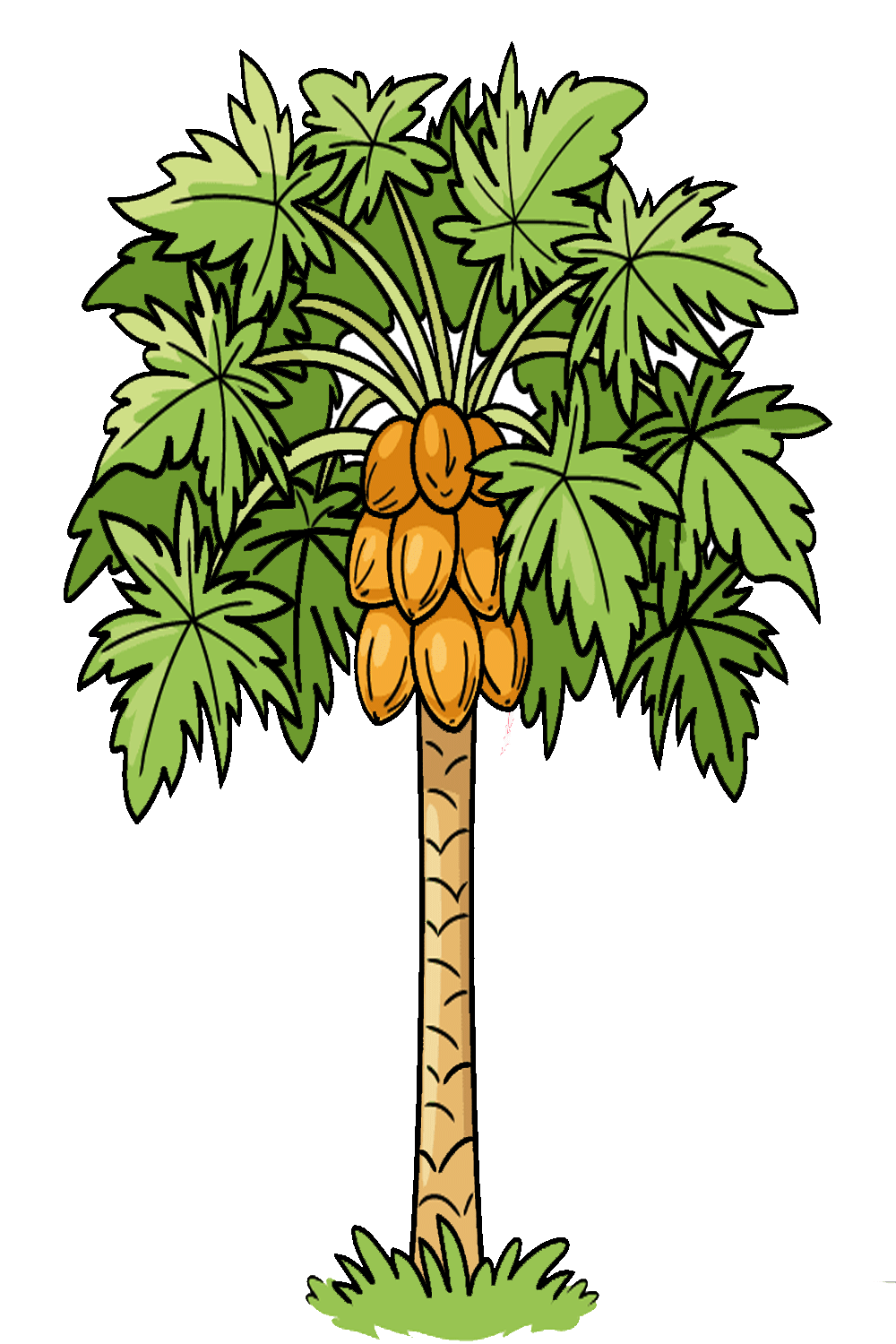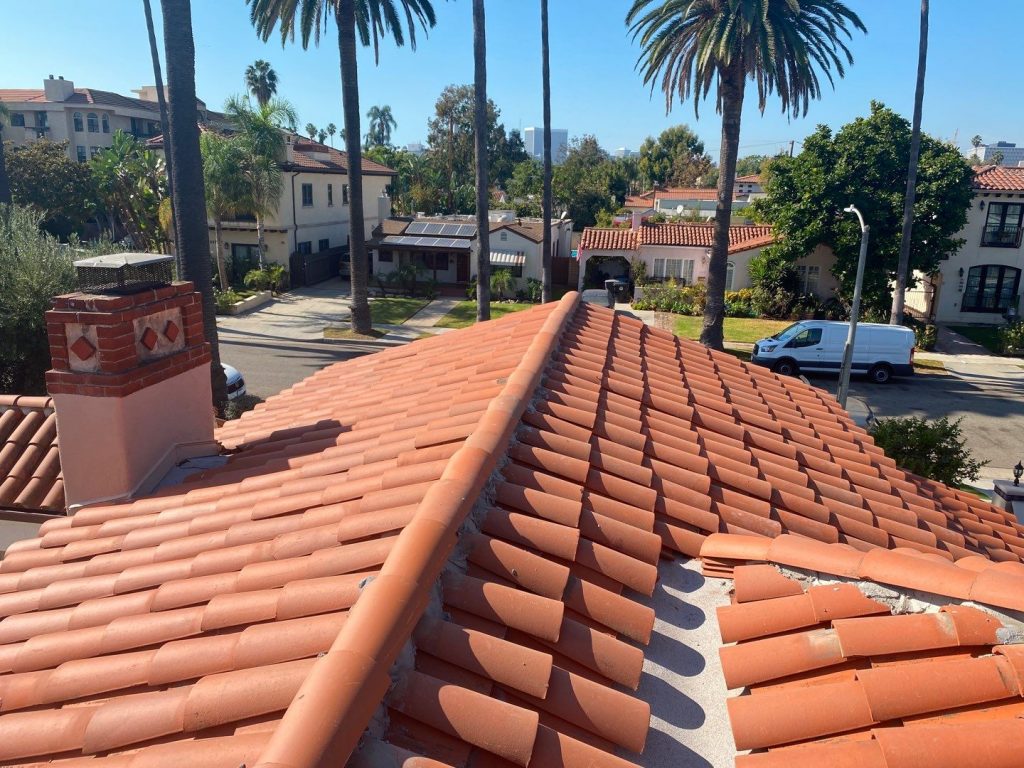Papaya Tree
Figure out how to draw an incredible looking Papaya Tree with simple, bit by bit drawing directions, and video instructional exercise. By following the straightforward advances, you also can without much of a stretch draw a delightful Papaya Tree or visit the free spiderman coloring pages.
The papaya or pawpaw is a huge tropical natural product. You can figure out how to draw a papaya tree with the assistance of this simple, bit by bit drawing guide. Papaya trees are local to Mexico and Focal America, yet they are developed all through the tropical and subtropical districts. Papayas become very enormous, for certain singular organic products gauging 20 to 25 pounds!
What does a papaya pose a flavor like?
It is “somewhat sweet, with a pleasing musky tang.” Papaya is eaten new, squeezed, cooked in pies and different desserts, and made into frozen yogurt. The unsweet, unripe natural product can be utilized to make exquisite dishes.
Papayas develop on a sort of palm tree, as you can find in this palm tree drawing animation frame. For additional simple and tomfoolery guides, see the How to Draw an Orange Tree or Mango Tree drawing instructional exercises.
Papaya Tree for Youngsters – Stage 1
Start the papaya tree frame by drawing the grass at the foundation of the tree. Utilize a progression of associated “U” molded lines. Then, at that point, broaden a couple of lines up to frame the storage compartment of the tree.
Draw a circle over the storage compartment. Then, encase oval-molded natural products on the two sides of it. Beneath this, draw two additional layers of oval-formed, somewhat pointed papaya natural products.
Simple Papaya Tree Drawing – Stage 2
Draw the primary leaf of the animation tree. From the bunch of natural products, broaden a couple of bended lines. This is the stem of the enormous leaf. Then, utilize bended lines that meet at focuses to encase the profoundly lobed leaf.
Simple Papaya Tree Drawing – Stage 3
Define bended boundaries stretching out into each of the seven curves of the leaf, framing the focal veins. Then, draw a subsequent leaf. Expand a couple of bended lines from the group of natural product, then utilize bended lines that meet at rugged focuses to encase the state of the leaf.
Simple Papaya Tree Drawing – Stage 4
Draw another leaf covering the organic product, deleting as the need should arise. Broaden a couple of bended lines from the group of organic product, then, at that point, utilize bended lines that meet at spiked focuses to encase the state of the leaf.
Simple Papaya Tree Drawing – Stage 5
Draw two additional leaves. Once more, broaden sets of bended lines from the bunch of organic product, then utilize bended lines that meet at rough focuses to encase the states of the leaves.
Simple Papaya Tree Drawing – Stage 6
Finish the blueprint of the past leaf, broadening vein lines into its curves. Then, at that point, draw another leaf. Once more, utilize a couple of lines for the stem, and bended lines that meet at focuses to frame the actual leaf. Draw the veins reaching out into the curves of the leaf.
Simple Papaya Tree Drawing – Stage 7
Draw two additional leaves. Once more, broaden sets of bended lines from the bunch of natural product, then utilize bended lines that meet at spiked focuses to encase the states of the leaves. Draw the veins reaching out into the leaves.
Add More Subtleties to Your Papaya Tree Picture – Stage 8
Draw more leaves to some degree taken cover behind the others. Use sets of lines for the stems and a progression of bended lines to frame the rugged curves of each leaf. Draw the veins jumbling into the leaf curves.
Complete the Layout of Your Papaya Tree Drawing – Stage 9
Complete your papaya tree frame by adding a couple of additional subtleties. Band and surface the storage compartment with bended and “V” formed lines. Surface the organic product with bended lines. Utilize a progression of bended lines to frame the covering of the tree behind the definite leaves.
Variety Your Papaya Tree Drawing – stage 10
Variety your animation papaya tree. Papayas are green when unripe. As they mature, they become yellow or even red.
Also Read my trending story




